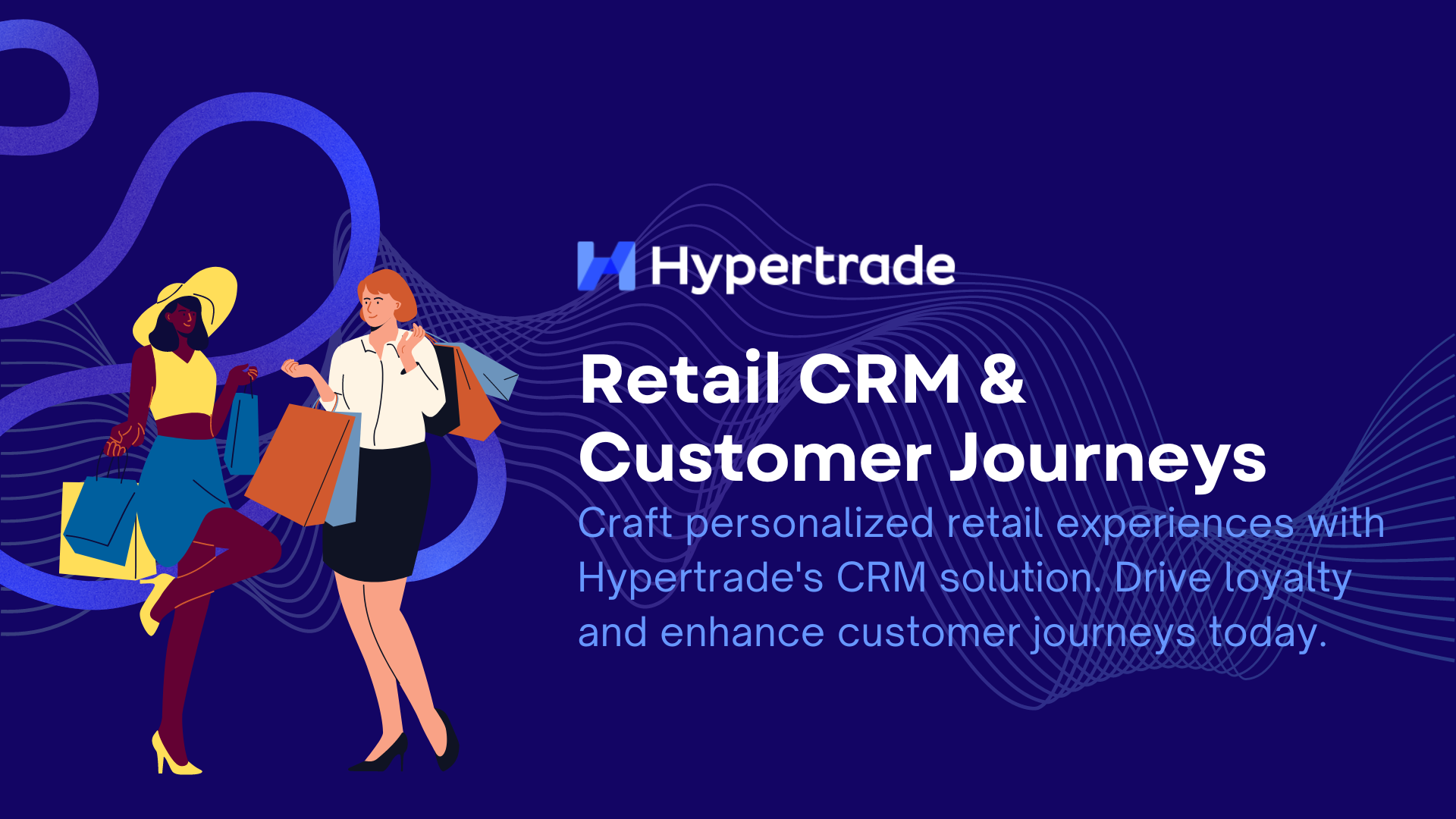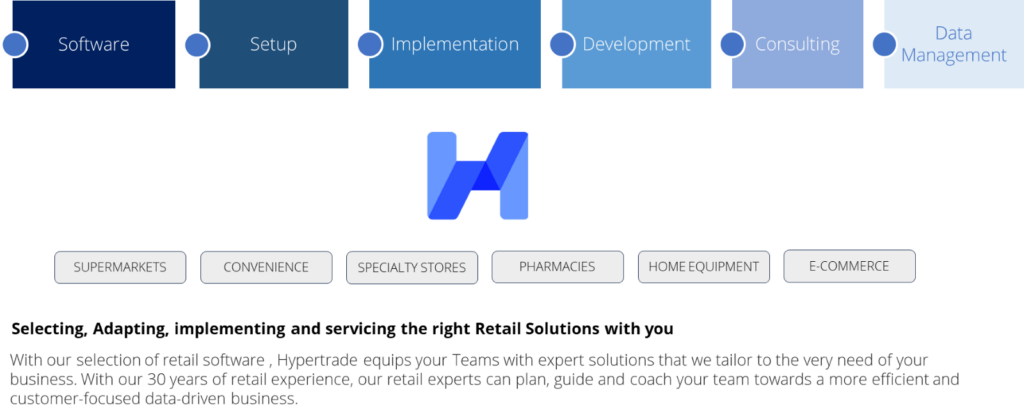Implementing category management in a retail setting involves several key steps. These steps need to be carefully planned and will help retailers to effectively analyze and organize their product & promotion offerings, optimize their operations and resources, and stay ahead of market trends. Here are five steps for implementing category management in a retail setting.
0. Reminder: What is Category Management
Category management is a strategic approach to managing and organizing products. At its core is the idea of segmenting products into distinct categories and then managing each category as its own business. This approach allows retailers to focus on the specific needs and characteristics of each product category, rather than treating all products as a single entity.
It involves analyzing data and market trends to determine the most effective way to select, distribute, promote, price, present and sell products within a particular category. The goal of category management is to increase sales and profitability by ensuring that the right products are in the right place at the right time, and by tailoring the shopping experience to meet the needs and preferences of the target customer.
1. Define and segment product categories
The first step in implementing category management is to define and segment product categories. This involves dividing products into distinct group of categories, then categories, sub-categories and segments, based on similarities in product characteristics, consumer needs and preferences, and market trends. This segmentation is also called Merchandise Hierarchy or Merchandise Structure.
Though it appears simple, this first step is critical for the success of the Category Management implementation. An improper or inaccurate segmentation means that Teams won’t be able to manage categories. Imagine – a common case actually – that Skin Care products are present both in the Beauty Category and in the Import Products Category. Not only do shoppers not necessarily care whether the product in locally manufacturer or imported, but the Team in charge of the Skin Care products will need to gather data from both categories to understand what the dynamics and performance of the Skin Care Products are.
2. Phase the Key Processes implementation
An effective management of the category requires a certain number of actions to be performed. Each of these actions reflect the Retail Mix:
- Decide how the product assortment must evolve [Product]
- Decide what products to promote, when and how [Promotion]
- Decide how and where to display the products [Place]
- Decide how to define the selling price of each item [Price]
Each of these actions are the results of thought processes and decisions, hence the name of process. And because each of these processes regulate the heart and lungs of the category, they are often called Core Processes.
Because each Core Process requires its own RACI1 approach and own tools – which implies building, training, coaching, and adjusting – it smart to phase the implementation2 of each process with selected group categories over a period of time.
3. Schedule the data analyses
To understand shopper behavior and identify market trends and patterns within each product category, a certain number of data analyses must be done. To save time and increase teams’ efficiency – which translates into faster decisions (agility), these analyses are best when pre-formatted and automated.
In a first step, sales data are the best sources. In an advanced stage, POS data can also be added to the analyses. At an expert level, additional data sets like customer surveys, and market research, to gain insights into consumer preferences and needs, must be added.
To successfully implement this step, and following the phasing defined in Step 2, 3 steps must be taken:
- Train the teams on the metrics (and their reading) required to take decisions relative to the selected processes
- Define the specific analyses relative to the relative to the selected process
- Define precisely when each analysis must be done, and the corresponding decisions taken as defined in the company’s RACI
This information can be used to make informed decisions about which products to carry, how to price them, and how to present them in the store.
Before going to the next steps, we recommend ensuring that all categories representing 60% of the sales value have already been through the steps 2 and 3.
4. Develop category strategies
Based on the data and insights gained from the previous step, retailers can develop category-specific strategies to meet the needs of their customers and optimize sales and profitability. These strategies might include promotions and marketing campaigns, product assortment and placement, and pricing strategies.
These Strategies will support the key objective assigned to each category, which are summarized in the below table

At a more advanced stage, retailer can introduce the concept of category role. The role that is referred to corresponds to the shopping need the category must address. There are in general 4 commonly accepted roles, to which specific strategies can be assigned:

5. Collaborate with internal & external stakeholders
Effective category management also involves collaboration and communication with suppliers and other stakeholders.
Internally, the stakeholders are Operations (for execution), supply chain (for availability), Marketing (for communication), CRM (for assortment, promotions, and pricing). For the collaboration to be effective, a clear communication structure (i.e., contents, media, meetings, frequencies…) must be added to the RACI.
Externally, retailers should work with suppliers to ensure that they have access to the products and brands that consumers want, and that these products are of high quality and delivered on time. Such collaboration can be formalized through Join Business Plans, Category Captainship and Data Collaboration Programs.
Common Traps to Avoid
Below are the most common traps we have seen happening during a Category Management approach implementation
- Inadequate Merchandise Hierarchy
- Unprecise Core Processes
- Lack of decisions criteria for each Action
- Insufficient internal communication
- Lengthy and administrative decision-making process
- Inadequate Retail BI Tools
- Lack of Training
- Too short Phasing
- Weak involvement of stakeholders
- Fear of Failure
Beyond the technique and processes, Category Management is above all a mindset. This mindset is built around 4 pillars:
- Customers are the final decisions makers, the judges, and the jury of all decisions
- Execution is as important as strategy
- The truth is in numbers. Planned quantitative monitoring and adjustments are critical
- Category management is a collective work
By following these five steps, retailers can effectively implement category management, and improve their sales and profitability. Teams buy-in will be as strong as the phasing is timely and as the priorities will allow the capture of low hanging fruits.
Appendix: Category Management Implementation Schedule – Example

Read More about Category Management
- What is Category Management
- Category Management Top 10 Business Benefits
- What is Vendor Management
- How to Setup Vendor Management Policies for a Retailer
- Category Management Glossary







